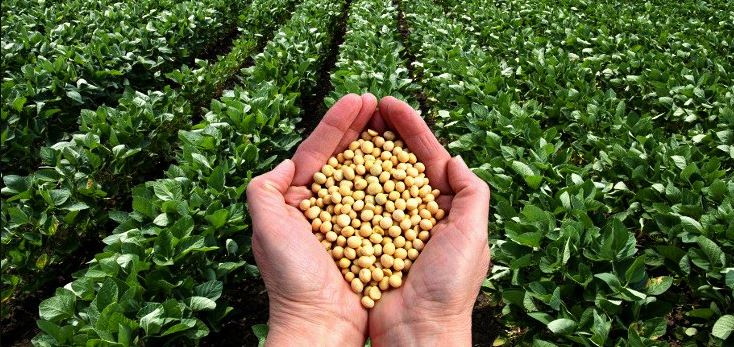Climate change: AATF counsels bean farmers on new ‘planting window`

By Yemi Olakitan
For the various ecologies in Nigeria, the African Agricultural Technology Foundation (AATF) has determined the best times to plant cowpea, popularly known as beans.
On a visit to Pandagric Farms, close to Keffi, Nasarawa State, Dr. Jean Baptiste, Regional Representative for West Africa for the AATF, disclosed that the windows would help farmers manage the risks posed by climate change.
The dry season cowpea production being implemented by AATF includes the cowpea field in Panda, which covers more than 35 hectares and ensures the variety produces at its peak in the absence of pest pressure and other climate vulnerabilities.
Dr. Baptiste pointed out that because of the effects of climate change, which include either too much or too little rainfall or an early end to the rainy season, beans are not producing at their full capacity, making it difficult for Nigerian farmers to collect their crops.
“After carefully examining the situation, we have concluded that crop productivity is frequently disrupted by climatic uncertainty since farmers are not advised on when to sow.
As the country’s rainfall pattern is not constant and each year brings its own shocks, it is crucial for farmers to be given proper instructions, he added.
He pointed out that in recent years, farmers have experienced a number of uncertainties related to the pattern of rainfall, which has significantly decreased cowpea yield.
Either the rain is too much and causes flash floods that submerge cowpea farms everywhere, or the rains stop abruptly and a drought develops just as the crop needs enough water.
He gave cowpea farmers the advice to take advantage of planting windows that had been meticulously selected after research into the weather patterns over the previous few years.
Farmers in the Sahel region, which includes states like Borno, Yobe, Jigawa, portions of Katsina, and parts of Sokoto, should try to start planting in the third and fourth week of June to take full advantage of the chances for early rains and avoid any possibility of an early cessation, while those in the Sudan Savannah region, which includes Kebbi, portions of Sokoto, portions of Zamfara, portions of Katsina, portions of Kano, Jigawa.
He also urged people to start planting in the Southern Guinea Savannah, which includes states like Niger, Kwara, parts of Abuja, Adamawa, Taraba, and Gombe, from the first to third week of August. The Northern Guinea Savannah is made up of the states of Bauchi, Kaduna, parts of Katsina, Kano, and Zamfara.
Some farmers have used the Pod Borer Resistant Cowpea’s properties after two years in their care to conduct two planting seasons within the planting year.
Statistics from the Institute for Agricultural Research, Ahmadu Bello University, Zaria, show that the PBR Cowpea is currently the most popular type of cowpea in the nation.
Farmers use this cultivar the most because of its early maturing characteristics, little need for chemical spraying, high yielding, and high folder production.
